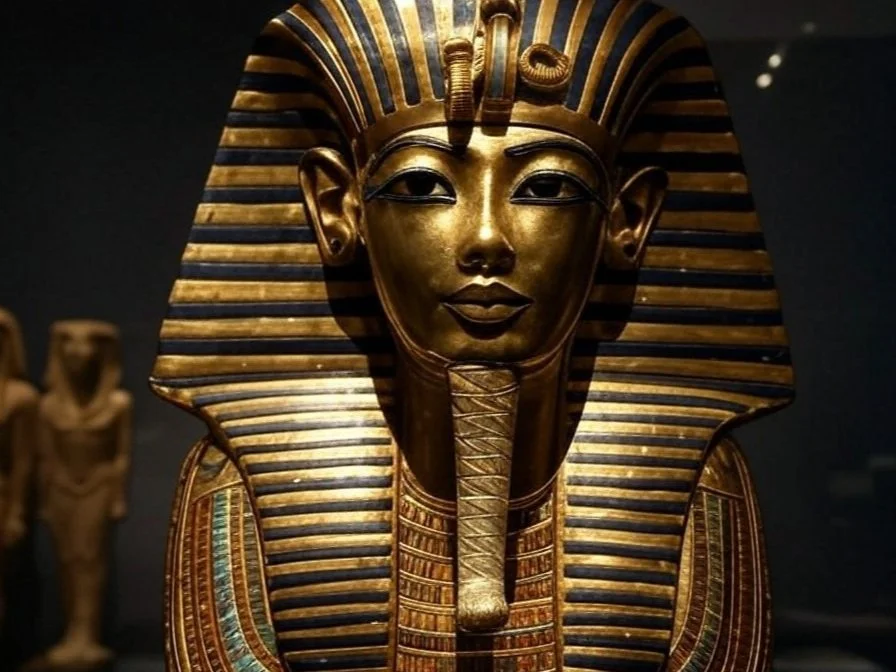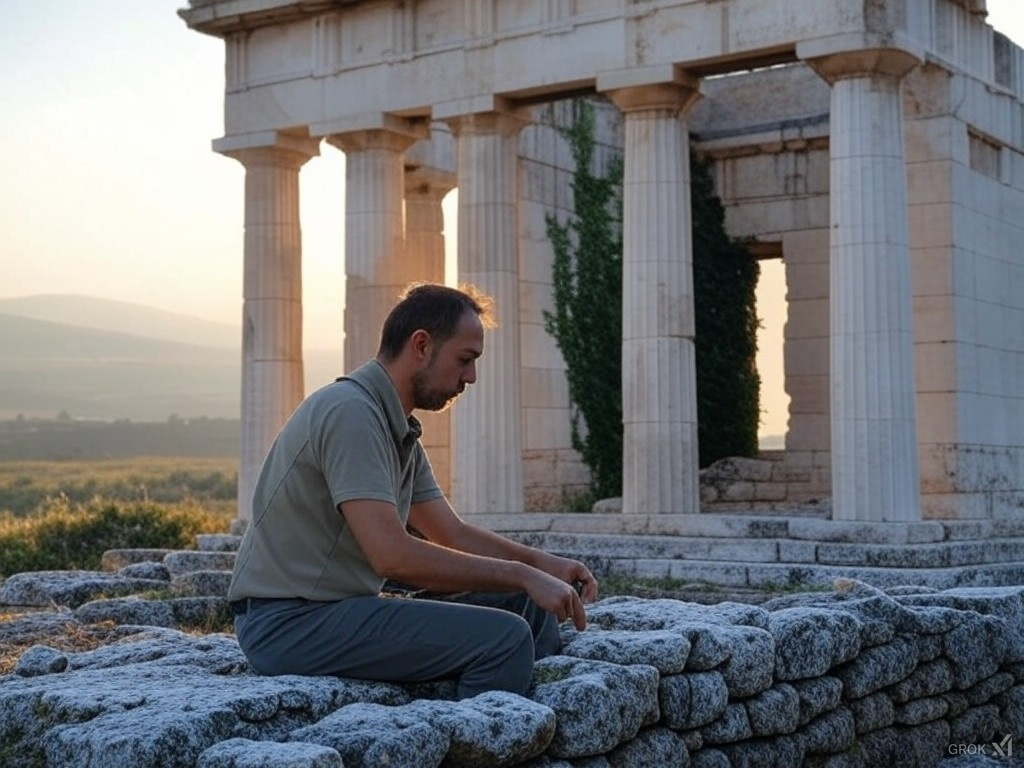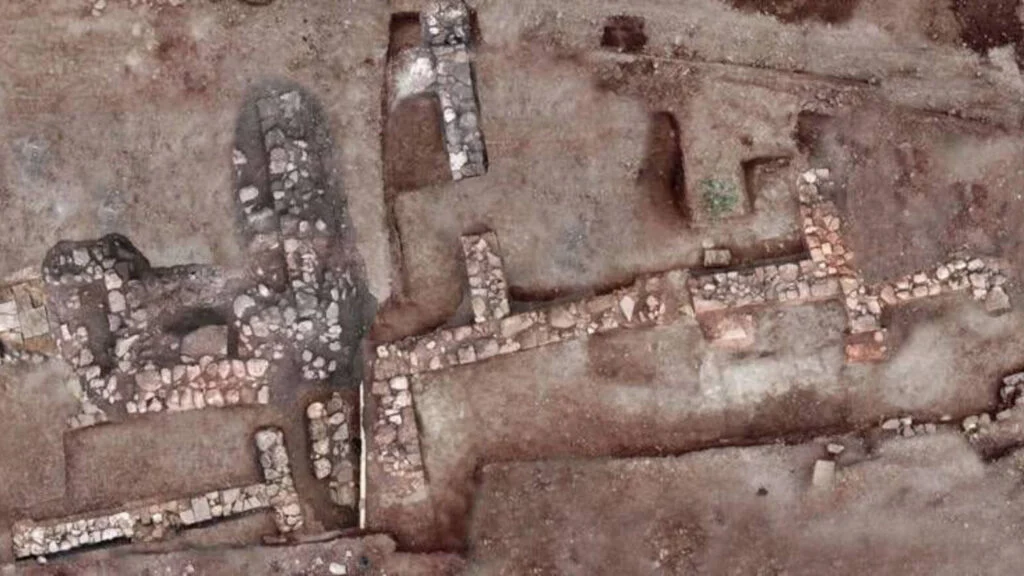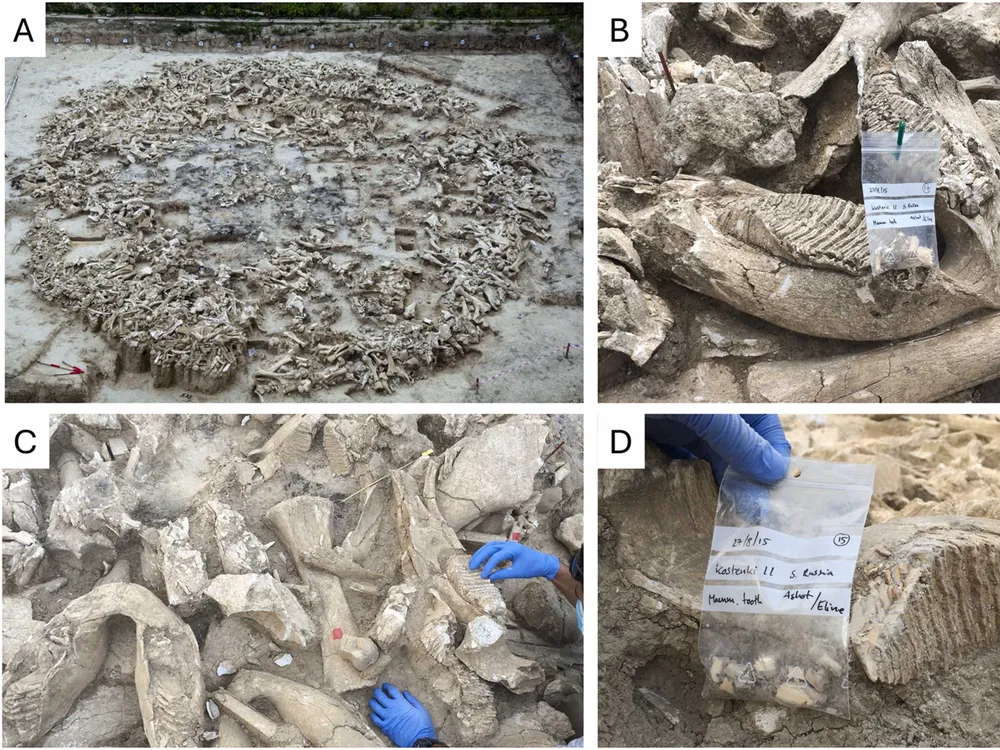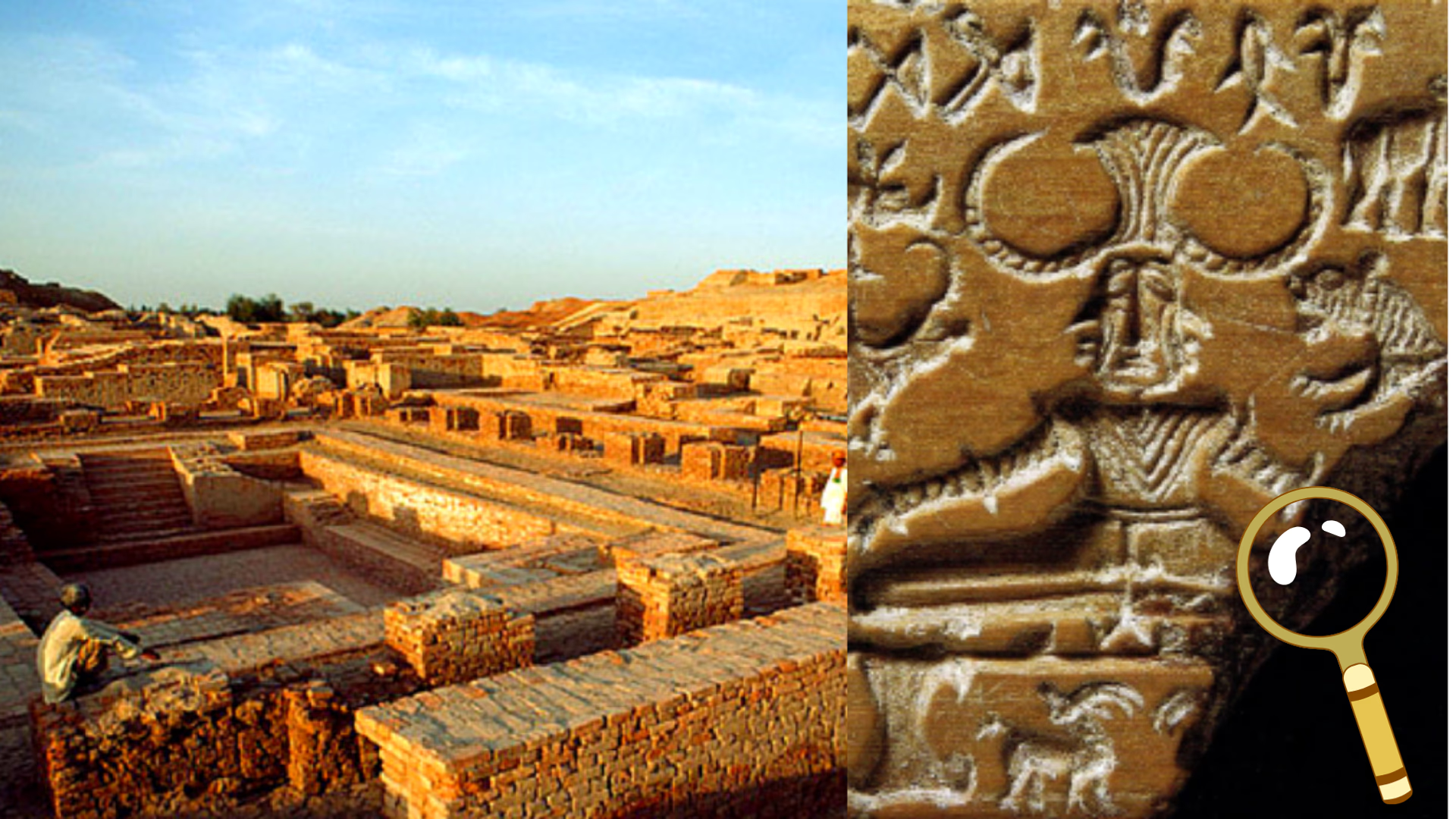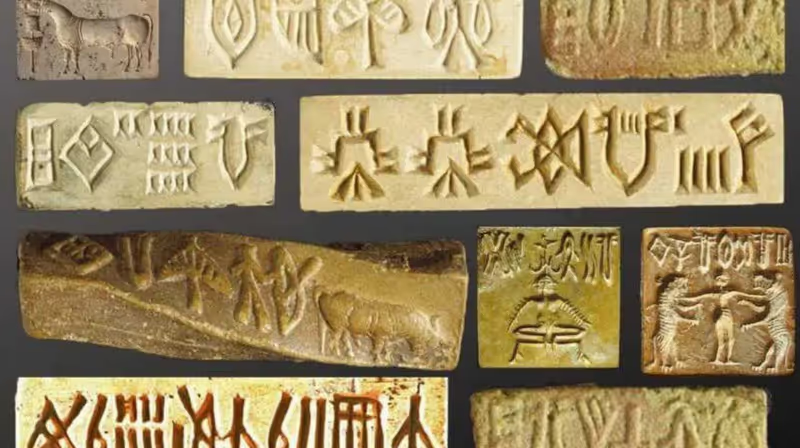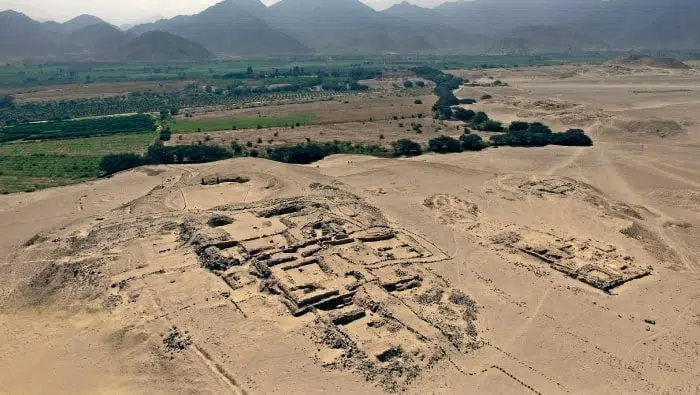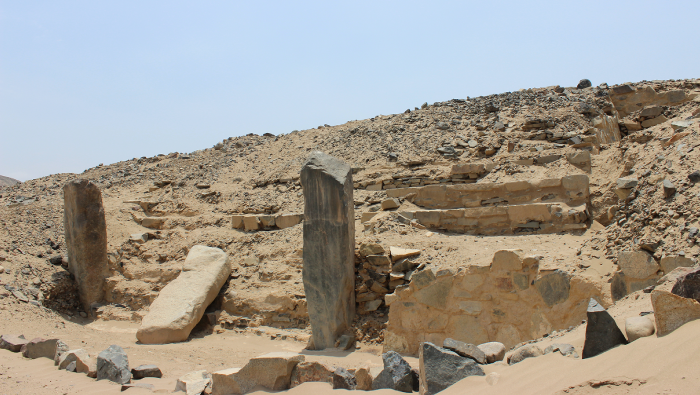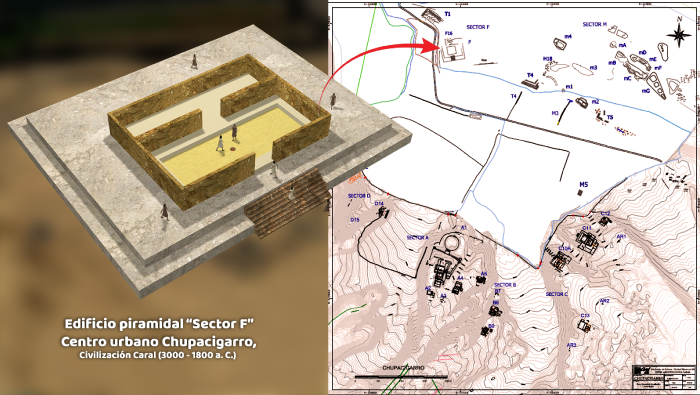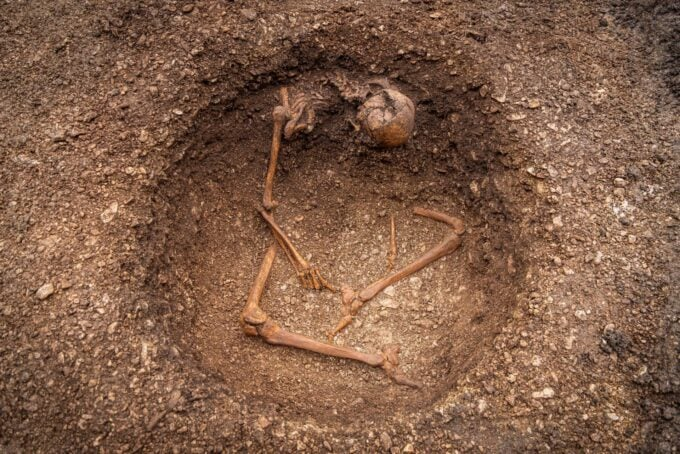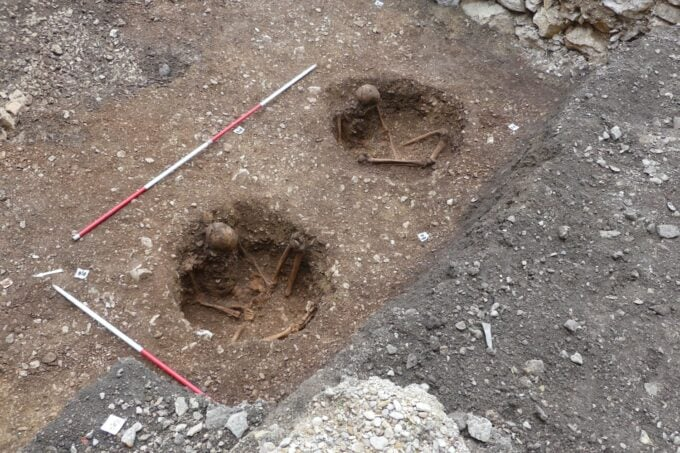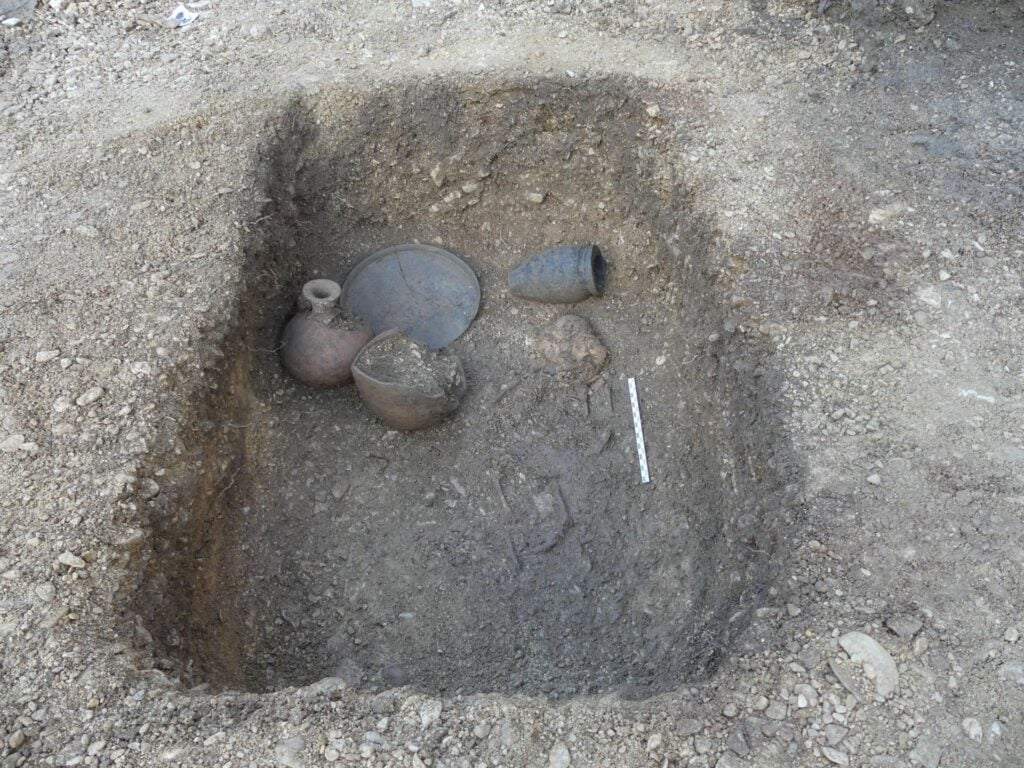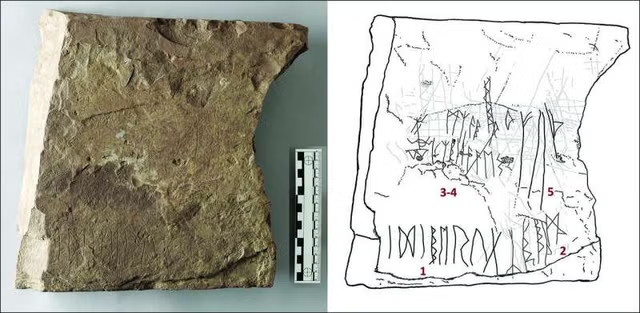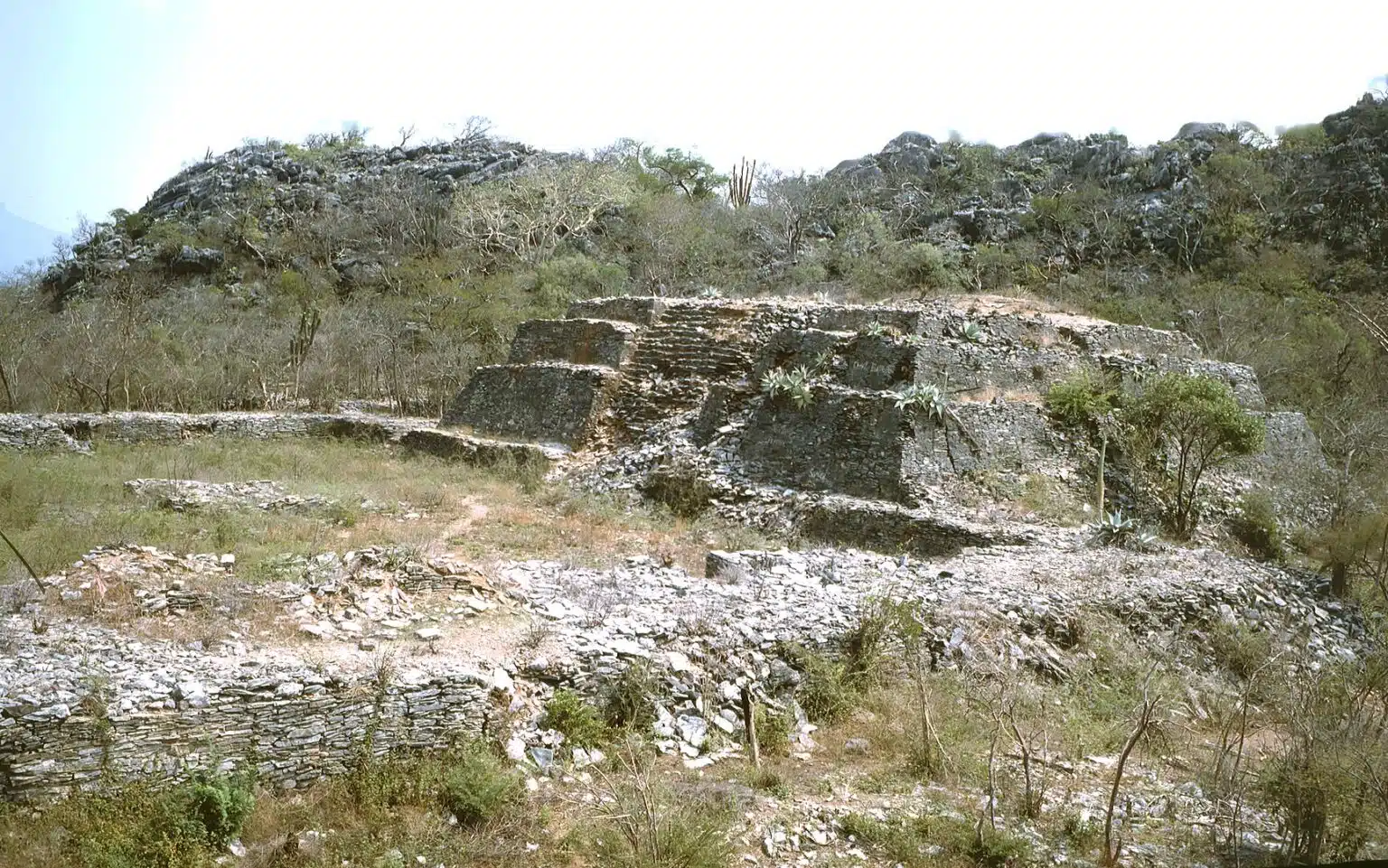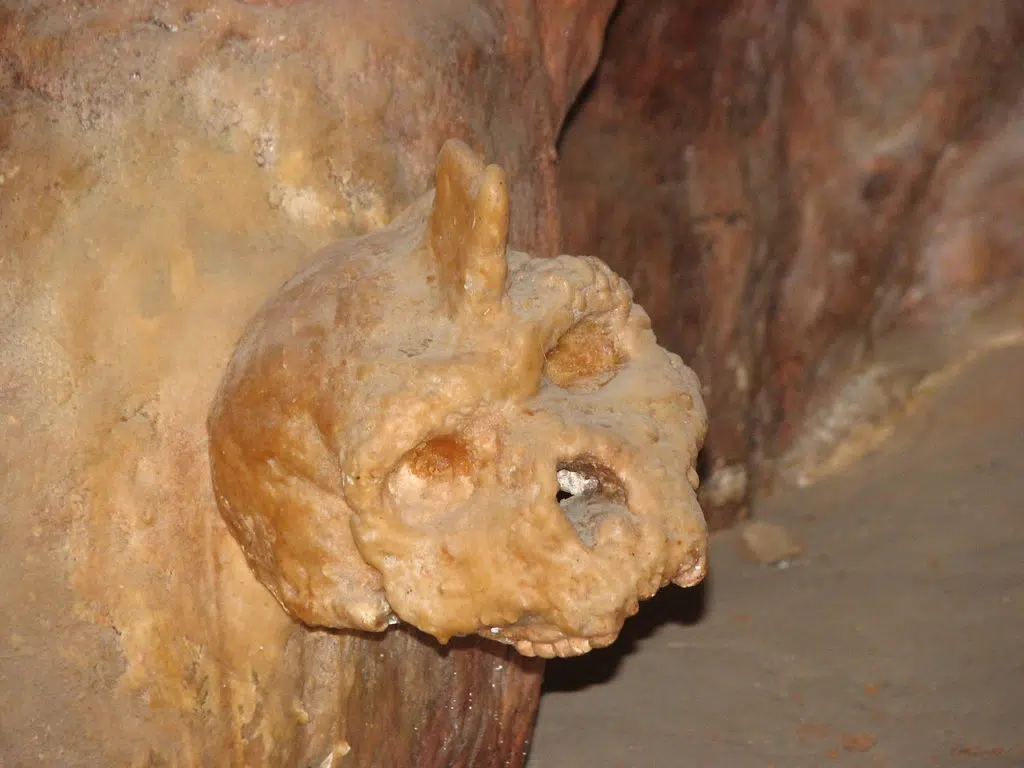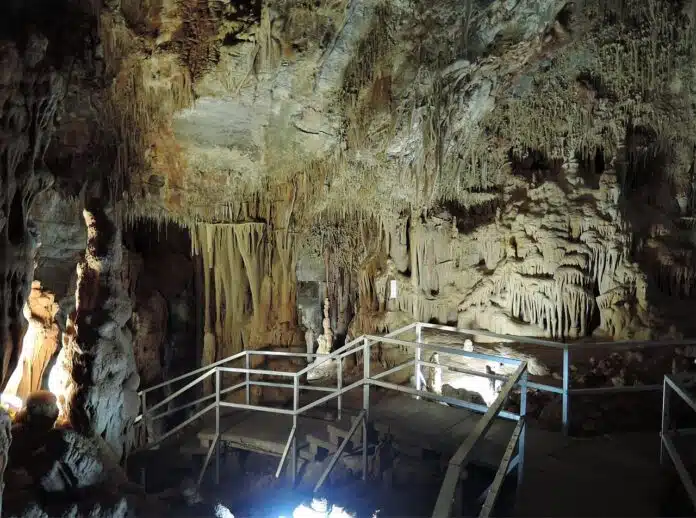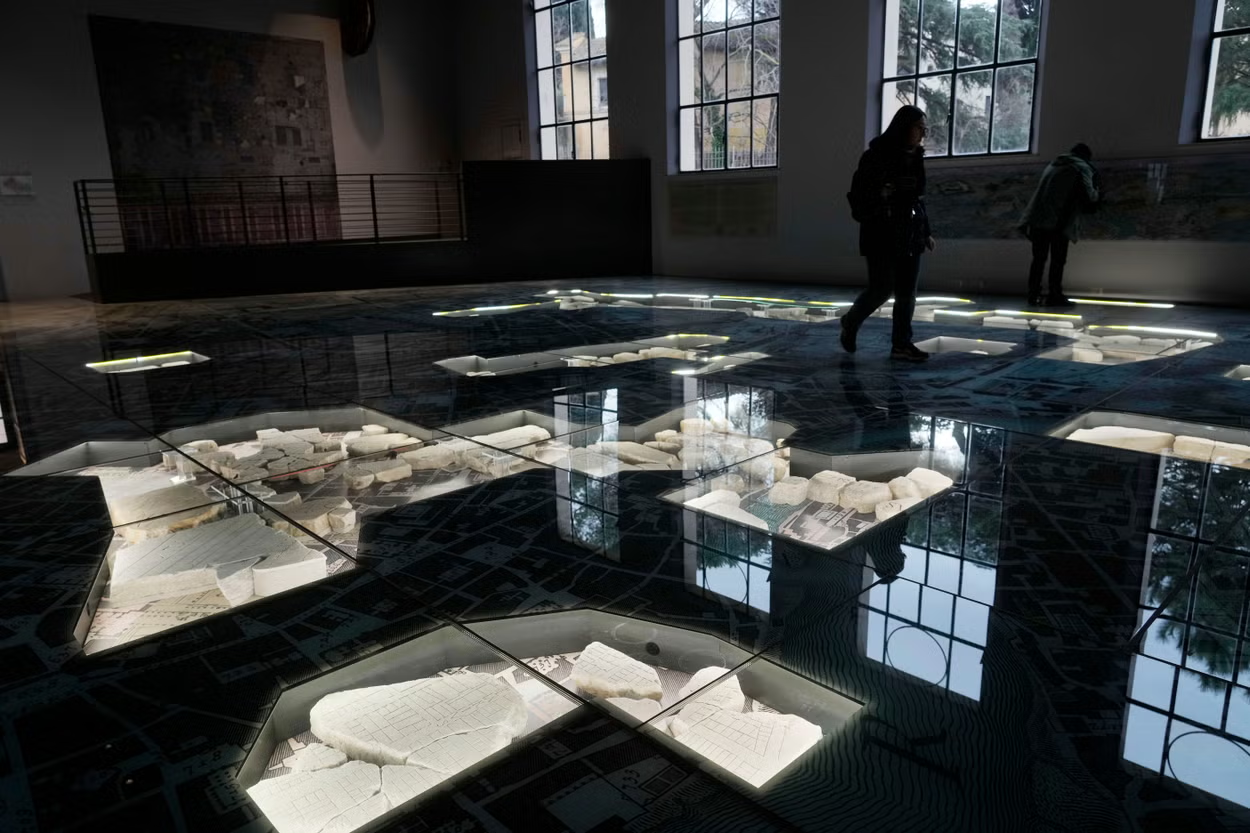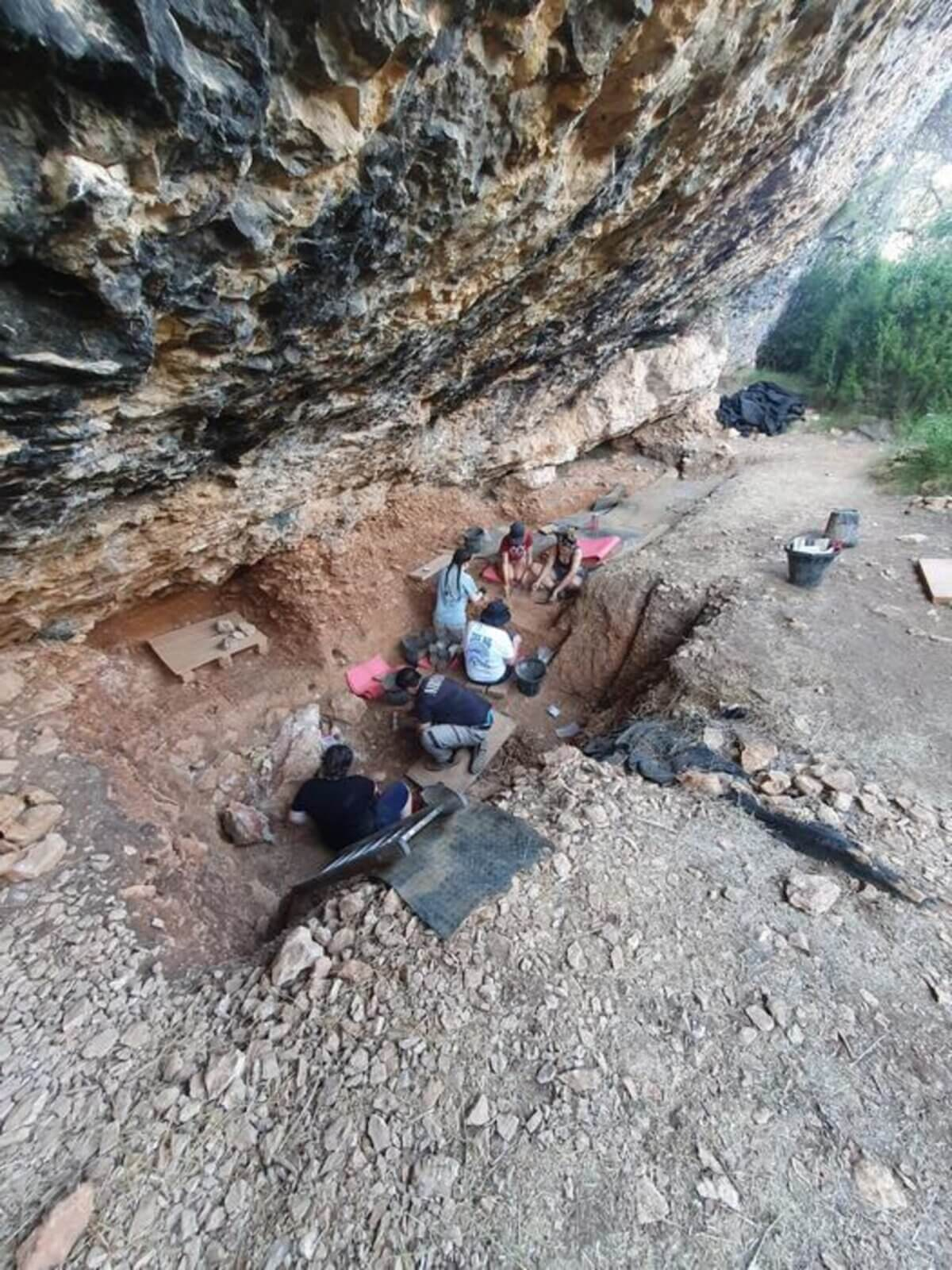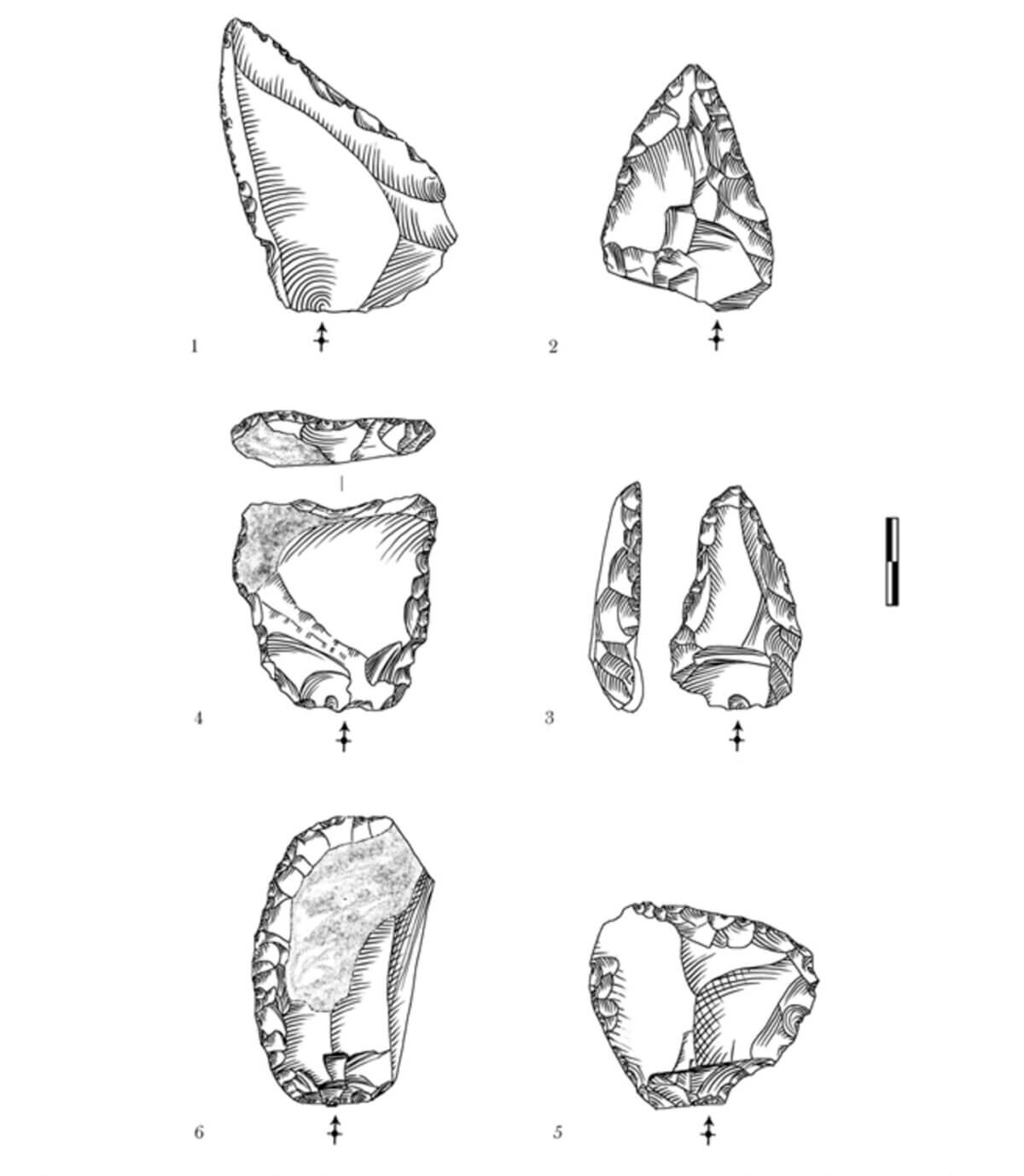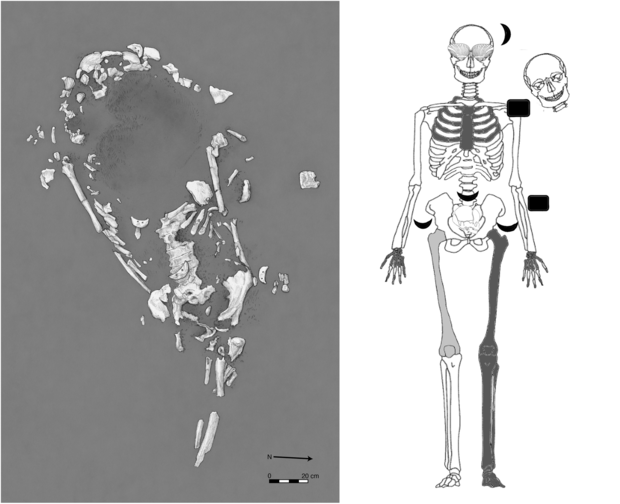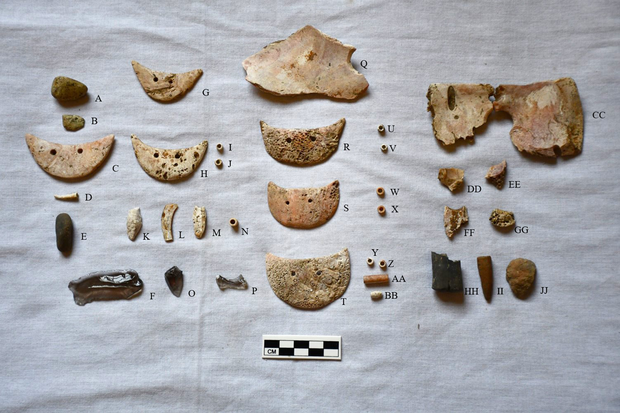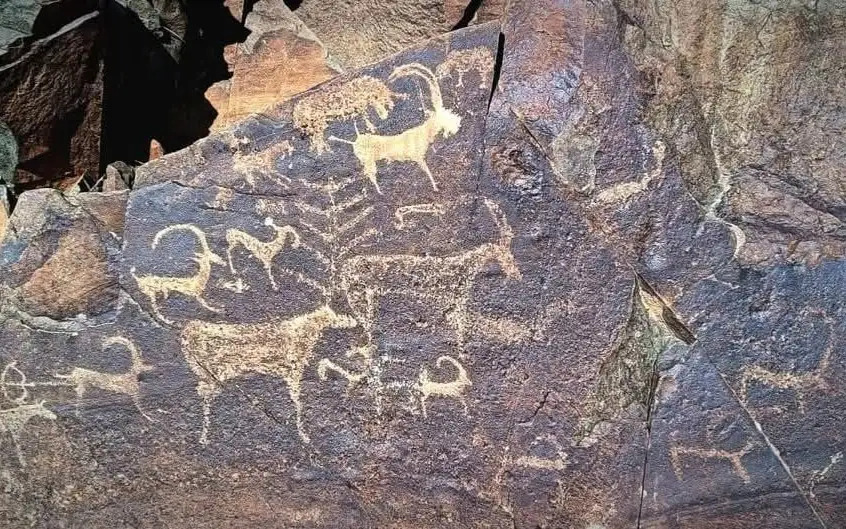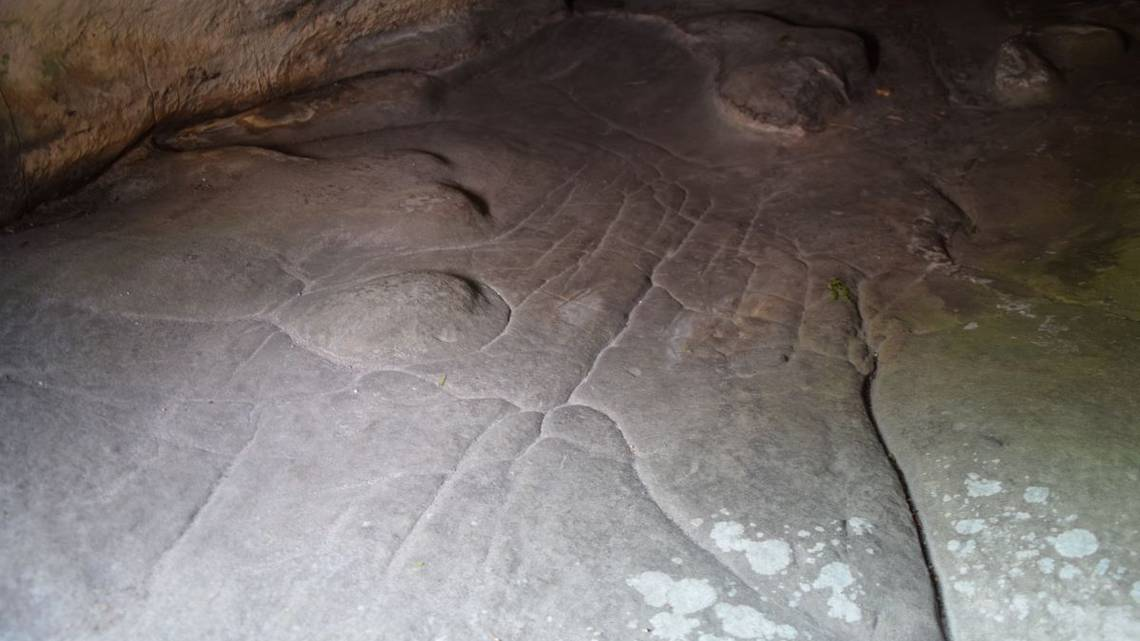Mummification, the practice of preserving the body after death, is often most closely associated with ancient Egypt. However, this fascinating ritual was practiced by various cultures around the world, each with its own unique techniques and beliefs about the afterlife. From the arid deserts of Egypt to the high Andes of South America and the remote mountains of Asia, mummification served as a bridge between the living and the dead, reflecting deep spiritual and cultural values. This exploration delves into the practice of mummification across different cultures, comparing their techniques and the beliefs that underpinned them.
Ancient Egypt: The Pioneers of Mummification
The ancient Egyptians are perhaps the most famous practitioners of mummification, perfecting the art over thousands of years. Their elaborate process was deeply tied to their beliefs about the afterlife.
Techniques:
Embalming: The body was washed and purified, and internal organs (except the heart) were removed and preserved in canopic jars.
Drying: The body was packed with natron, a natural salt, to dehydrate it and prevent decay.
Wrapping: The body was wrapped in linen bandages, often with amulets and charms placed between the layers for protection.
Coffins and Tombs: The mummy was placed in a series of coffins and buried in a tomb filled with grave goods for use in the afterlife.
Beliefs:
The Egyptians believed that preserving the body was essential for the soul’s journey to the afterlife. The deceased needed their physical form to reunite with their ka (spirit) and achieve eternal life.
The elaborate rituals and grave goods were intended to ensure the deceased’s comfort and status in the afterlife.
South America: The Inca and Chinchorro Cultures
In South America, mummification was practiced by several cultures, most notably the Inca and the Chinchorro. Their techniques and beliefs differed significantly from those of the Egyptians.
1. The Chinchorro (Chile and Peru)
The Chinchorro, a pre-Columbian culture, are among the earliest known practitioners of mummification, dating back to around 5000 BCE.
Techniques:
Artificial Mummification: The Chinchorro removed the skin and organs, reinforced the bones with sticks, and reassembled the body using clay and reeds.
Natural Mummification: In some cases, the arid environment naturally preserved bodies, which were then decorated with wigs and masks.
Beliefs:
The Chinchorro likely viewed mummification as a way to honor their dead and maintain a connection with ancestors.
The practice may have been egalitarian, as mummification was not restricted to elites.
2. The Inca (Peru)
The Inca, who ruled a vast empire in the Andes, practiced mummification as part of their ancestor worship.
Techniques:
Natural Preservation: The cold, dry climate of the Andes naturally preserved bodies. The Inca also used techniques like drying and wrapping.
Mummy Bundles: The deceased were often placed in a fetal position and wrapped in layers of textiles, creating a mummy bundle.
Beliefs:
The Inca believed that mummified ancestors, or mallquis, played an active role in the community’s well-being.
Mummies were often brought out for ceremonies and consulted for guidance.
Asia: The Mummies of the Tarim Basin and Japan
Mummification was also practiced in parts of Asia, though less systematically than in Egypt or South America.
1. The Tarim Basin (China)
In the Tarim Basin, part of modern-day Xinjiang, naturally preserved mummies dating back to 1800 BCE have been discovered.
Techniques:
Natural Preservation: The arid desert climate and salty soil helped preserve the bodies.
Cultural Practices: Some mummies were buried with clothing and artifacts, suggesting intentional preservation efforts.
Beliefs:
The Tarim Basin mummies are associated with the Tocharian culture, which had Indo-European roots. Their beliefs about the afterlife remain unclear, but the grave goods suggest a belief in an afterlife.
2. Japan: Sokushinbutsu (Self-Mummification)
In Japan, Buddhist monks practiced a unique form of self-mummification to achieve spiritual enlightenment.
Techniques:
Ritual Preparation: Monks followed a strict diet of nuts, seeds, and bark to reduce body fat and moisture.
Burial Alive: After years of preparation, the monk would be buried alive in a sealed chamber with a breathing tube. Upon death, the tube was removed, and the chamber was sealed.
Beliefs:
This extreme practice was rooted in the belief that self-mummification would allow the monk to become a living Buddha and continue to guide others after death.
Comparing Techniques and Beliefs
While the techniques and beliefs surrounding mummification varied widely, common themes emerge across cultures:
Preservation of the Body: Whether through natural or artificial means, preserving the body was seen as essential for the afterlife or spiritual continuity.
Connection to the Divine: Mummification often reflected a desire to honor the deceased and maintain a connection with the divine or ancestral spirits.
Cultural Identity: The practice of mummification was deeply tied to each culture’s worldview, religious beliefs, and social structures.
Conclusion: A Universal Practice with Diverse Meanings
Mummification is more than just an ancient Egyptian practice—it is a universal phenomenon that reveals humanity’s shared fascination with life, death, and the afterlife. From the elaborate rituals of the Egyptians to the spiritual devotion of Japanese monks, each culture’s approach to mummification reflects its unique values and beliefs. By studying these practices, we gain a deeper understanding of the diverse ways in which humans have sought to transcend mortality and honor their dead. The art of mummification, in all its forms, remains a testament to the enduring power of cultural and spiritual traditions.


